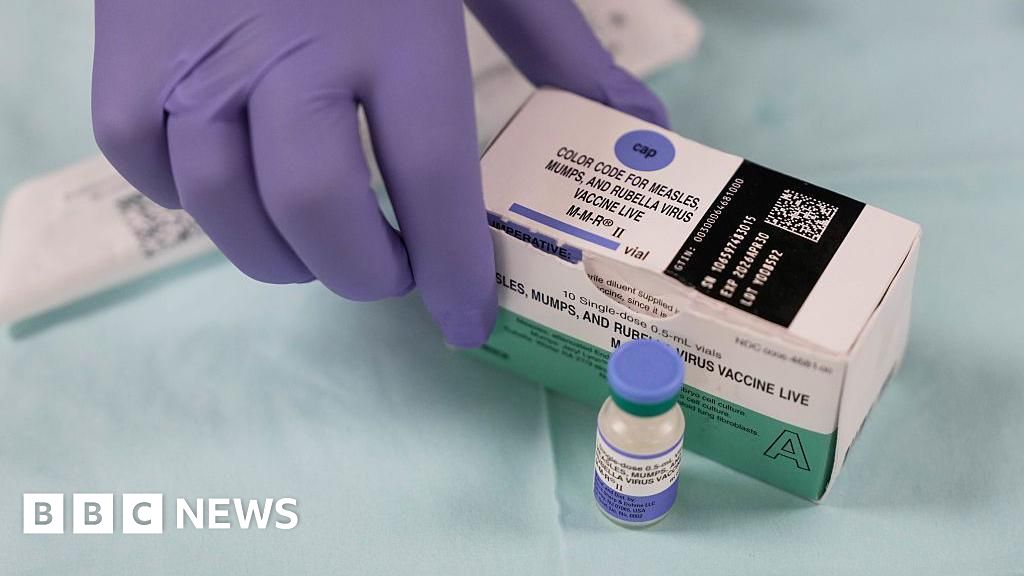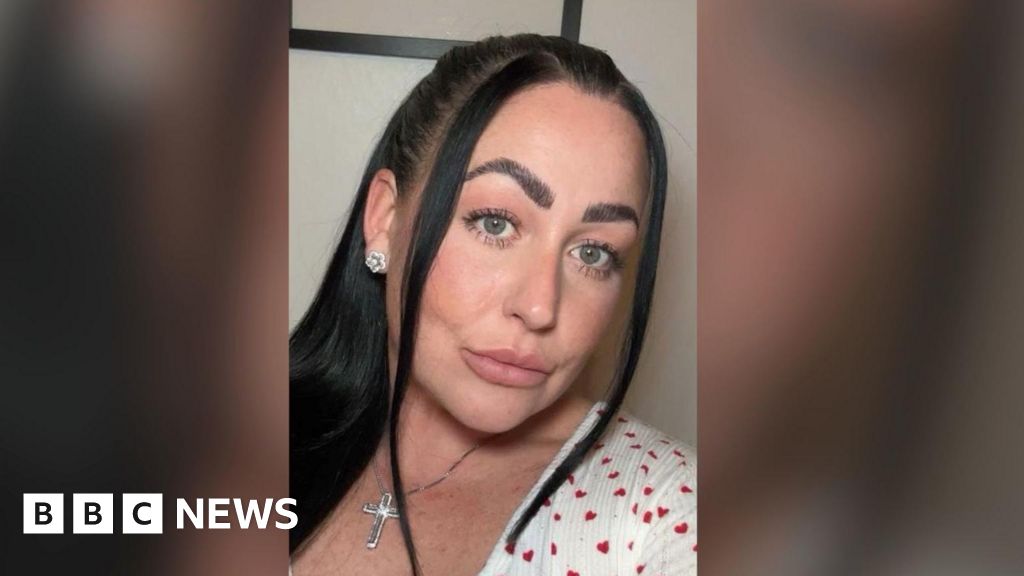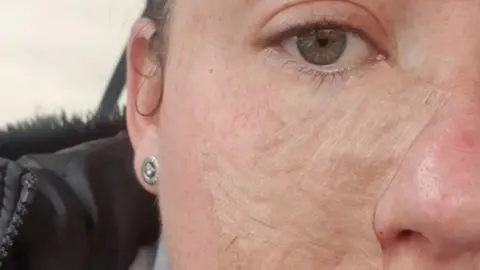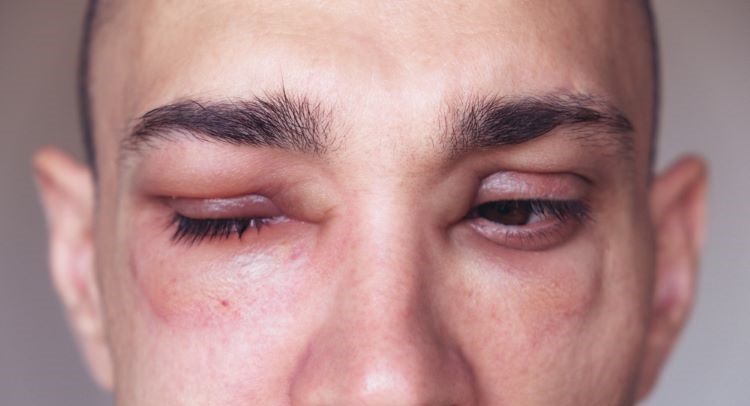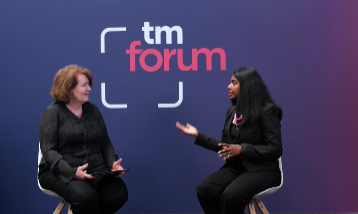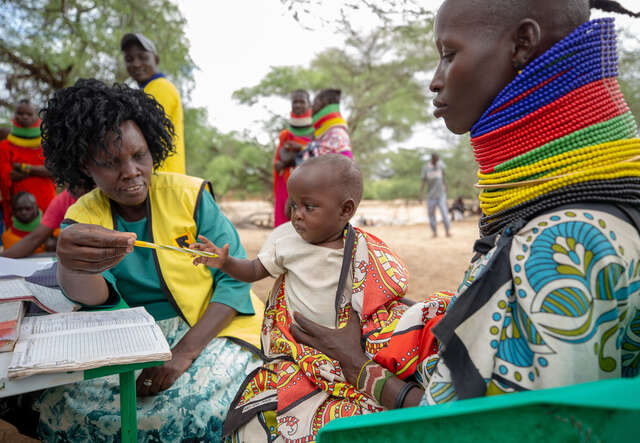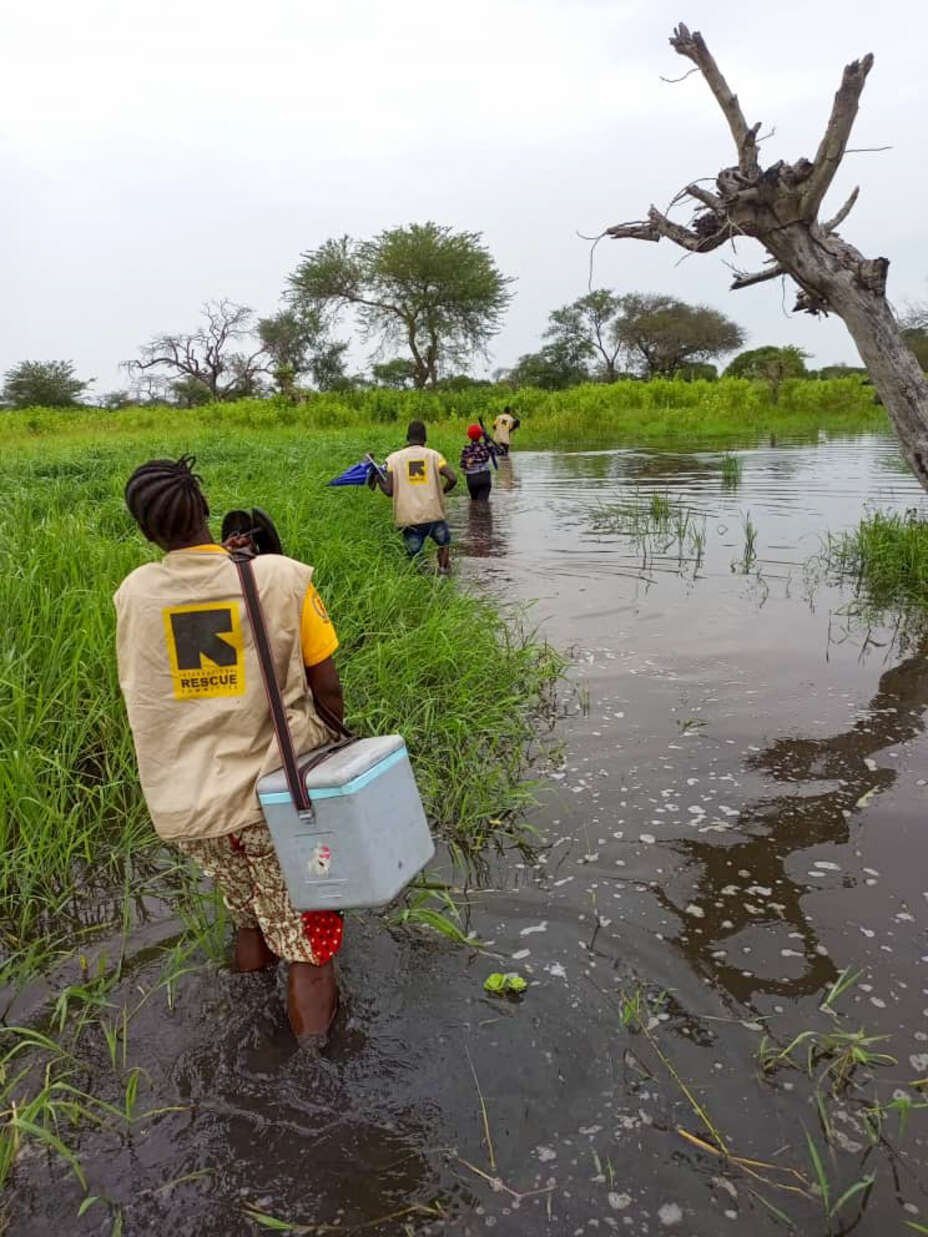Right now, global funding for humanitarian aid is facing unprecedented cuts. In 2024 alone, there was a staggering $25 billion shortfall between the funds needed for United Nations appeals and the contributions received.
In a major setback to global humanitarian efforts, in early 2025 the U.S. State Department—once the world’s largest aid donor—terminated more than 10,000 foreign aid grants and contracts. This has had far-reaching consequences, including the disruption of many lifesaving vaccination programs.
These cuts come at a time when millions of children in conflict and crisis-affected areas already lack access to critical immunizations, remaining at risk simply because national health systems can’t reach them.
The funding crisis deepens
Recent policy shifts have impacted vaccination funding around the world, including those led by Gavi, the Vaccine Alliance.
Infectious disease outbreaks cost an estimated $60 billion per year globally. These outbreaks know no borders and can impact us all. In contrast, disease prevention through vaccination and routine immunization, particularly when delivered by frontline actors, have proven to be highly effective.
The impact of aid cuts on immunization
Of the 13 countries the IRC has identified as the most affected by global aid cuts, 10 rank among the bottom 20 globally for measles immunization rates, highlighting a critical gap in disease prevention. This issue is even more alarming as climate change continues to heighten the risks of infectious diseases, further compromising global health efforts.
Due to these funding cuts, 300 IRC-supported health facilities have closed or are at risk of closing.
The IRC provides about 4.3 million services for communicable diseases around the world—1.7 of these services are delivered to children under 5. These services are essential for preventing and controlling outbreaks in vulnerable communities. Critical immunization programs in Burkina Faso, Nigeria, and Afghanistan are all facing the threat of closure.
Nearly 80% of outpatient visits at the IRC’s 3,300 health facilities worldwide are for infectious diseases. Our programs are integral to helping vulnerable groups survive and to stop diseases from spreading.
Photo: Karl Bergbom for the IRC
A global health security threat
“Preparing for the next pandemic starts by investing where outbreaks begin,” says Dr. Mesfin Teklu Tessema, Senior Director of Health at the IRC. “Global health security is not a luxury. It is a strategic imperative—one that demands sustained, coordinated investment.”
Cutting vital immunization programs – as well as primary healthcare services- increases the risk of infectious disease outbreaks that could impact everyone. Without prevention and treatment efforts, diseases are more likely to spread unchecked, mutate and become harder to control.
With 21 million children around the world currently under-immunized, reaching these underserved communities is critical to preventing outbreaks that threaten both regional and global health security.
The IRC’s solution: Access to life-saving vaccines for children in missed communities
The IRC is committed to ensuring children receive a full schedule of life-saving vaccines, making immunization a cornerstone of its child health programs. In 2024 alone, over 700,000 children under the age of one were protected against vaccine-preventable diseases by receiving their third dose of the diphtheria, tetanus, and pertussis (DTP) vaccine. This vital protection allows these children to grow up healthier and free from the threat of preventable illnesses.
To expand access to essential healthcare, including immunizations, the IRC has implemented strategic initiatives designed to maximize the impact of its efforts. These programs focus on reaching children in some of the world’s most fragile and conflict-affected regions, ensuring even the most vulnerable populations can access the care they need.
In 2022, the IRC launched the Reaching Every Child in Humanitarian Settings (REACH) project in partnership with Gavi, the Vaccine Alliance. The aim: leverage the IRC’s unique humanitarian expertise to ensure that even the hardest-to-reach children receive the full national schedule of vaccines.
Using flexible methods like mobile clinics, local community teams, and mapping tools, our teams are able to reach people in places where the government health system can’t work properly because of conflict, danger, or climate-related problems.
Since its launch, the REACH consortium has enabled health workers to administer over 13 million vaccine doses to children across the Horn of Africa, with recent extension into Chad and Nigeria.
An IRC nurse, Nancy, attends to Selina Naoi’s* child, Maria*, during an IRC community outreach program in Turkan, Kenya.
Photo: Billy Mutai for the IRC
Reaching children at the last mile
Using flexible and evidence-based interventions enables us to reach more children with essential vaccines, while ensuring maximum impact per dollar spent. Training and supporting community health workers with local knowledge is central to this approach. In 2024, the IRC supported 15,800 community health workers to help ensure more children are protected by lifesaving vaccines.
In South Sudan, we worked with community health workers and local leaders to raise awareness about vaccines for diseases like polio, measles and diphtheria. Community health workers were also empowered to share community feedback with health officials and help combat misinformation.
IRC staff in South Sudan traverse through a flooded village to reach children with vaccinations in Koch County.
Photo: International Rescue Committee
How can you support vital vaccine programs?
Now, more than ever, your support is urgently needed to help humanitarian organizations continue to deliver lifesaving services.
The new era of reduced aid will bring difficult decisions. But by investing in IRC’s Primary Healthcare Programs that deliver immunization services that center proven interventions, empower local responders, and implement smart financing strategies, we can ensure that available resources have the maximum impact for those most in need.
With collective action, we can prevent this funding crisis from becoming an era of unprecedented suffering and instead set a path toward sustainable relief and long-term resilience for the world’s most vulnerable populations.
Donate: Financial contributions are key for trusted organizations like the IRC that prevent, treat and contain infectious diseases. Your donation can empower our work in the U.S. and more than 40 countries worldwide.
Get connected: Follow our Instagram, LinkedIn, Facebook, and Bluesky accounts.
Stay informed: Subscribe to IRC alerts to get the latest on our programming and learn more about how you can make a difference.
Our continued commitment to delivering vital health care
Every child deserves the right to health care and protection, regardless of crisis. But due to aid cuts, vulnerable children who are relying on humanitarian aid to survive, could be left with nothing. This is a matter of life or death.
With over 90 years of experience, the IRC knows how to push through tough times by focusing on what matters most—helping those in crisis, working hand-in-hand with communities and treating people with dignity. Our commitment to supporting the hardest-to-reach communities with lifesaving immunization will not waver.
*Names changed for privacy reasons.
